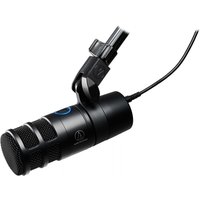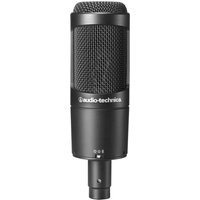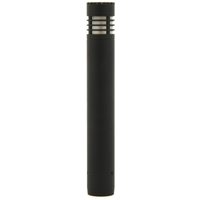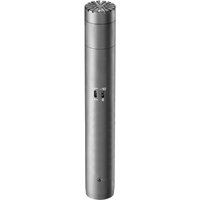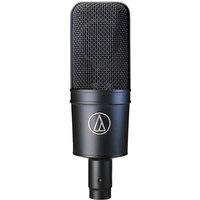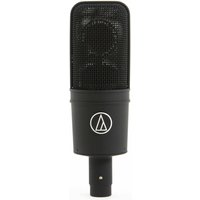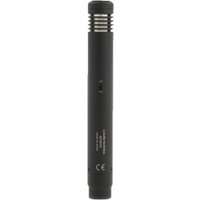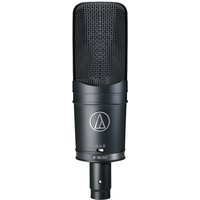Narrow your search down a bit -
Audio Technica (10), Musical Instruments (10), condenser (8), Microphone (6), usb (1), studio (1)
Professional microphones are pivotal in capturing high-quality audio, playing a crucial role in various settings ranging from recording studios and live performances to broadcasting and film production. These microphones come in diverse types, such as condenser, dynamic, and ribbon, each with unique properties suited to different applications. Condenser microphones, known for their sensitivity and wide frequency response, are ideal for capturing vocal subtleties and acoustic instruments in studio environments. Dynamic microphones, renowned for their durability and ability to handle high sound pressure levels, are commonly used on stage for vocals and instruments. Ribbon microphones, prized for their natural and warm sound, are often favored in studio settings for vocals, string instruments, and room ambience. Professional microphones also feature various polar patterns like cardioid, omnidirectional, and bidirectional, offering flexibility in how they pick up sound from different directions. Advanced features such as built-in preamps, shock mounts, and pop filters further enhance their functionality, ensuring clarity and precision in audio capture. In the realm of high-quality audio production, professional microphones are indispensable, transforming sound waves into electrical signals with fidelity, thus enabling artists and technicians to produce clear, rich, and nuanced recordings.
The Audio-Technica AT2040USB is a dynamic USB microphone designed for creators. With its broadcast-quality performance and plug-and-play USB functionality, it's perfect for podcasters, streamers, and content creators who want to achieve professional results.…
The Audio Technica AT2050 Multi Pattern Condenser Mic is a versatile microphone that delivers exceptional performance at an affordable price. Whether you're a hobbyist or a professional, this microphone is a great choice.…
Sleek stylish detailed. The Audio-Technica AT4021 Cardioid Condenser is a highly versatile microphone. The AT4021 is just as comfortable on-stage as it is in the studio. Thanks to its cardioid polar pattern design,…
Sleek, stylish, and detailed, the Audio-Technica AT4022 Omni Condenser Mic is the perfect choice for recording acoustic instruments. Whether you're in the studio or on stage, this mic delivers exceptional performance. Its omni-directional…
The Audio Technica AT4033A microphone is the perfect cardioid condenser microphone, suitable for both live performances and studio recording sessions. It captures sound with outstanding integrity and smooth natural tonality, eliminating low-frequency distortion.…
The Audio Technica AT4040 microphone is a perfect choice for those in search of a cardioid condenser microphone. Whether it's for live performances or studio recording sessions, this microphone delivers exceptional sound quality.…
Take your recordings to the next level with the Audio-Technica AT4041. This microphone will give you a professional sound without the expensive price tag. Whether you're working in professional recording, broadcasting, or live…
Vintage aesthetic design combined with a warm sound that is reminiscent of early F.E.T microphones. The Audio Technica AT4047/SV condenser microphone is the choice of professional engineers and musicians around the world. A…
The freedom of flexibility. It gives you the power to tackle any situation you find yourself in. And with the Audio Technica AT4047MP Multi-Pattern Condenser that's exactly what you get. Boasting three selectable…
The Audio Technica AT4050 is a highly regarded large-diaphragm condenser microphone that is widely used by top producers and recording studios. It is praised for its ability to capture every subtle detail of…
